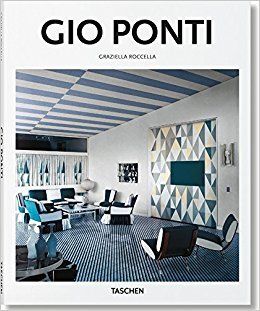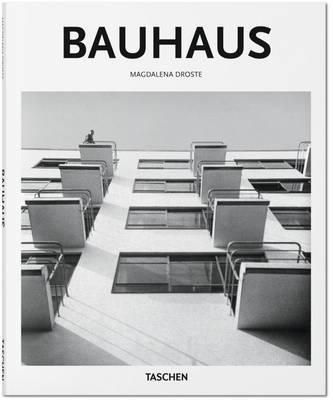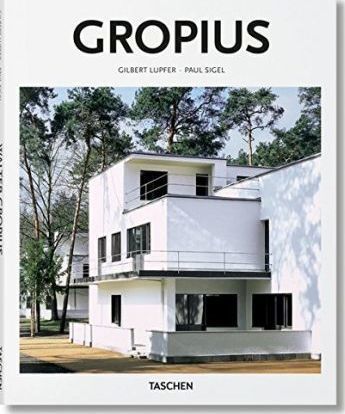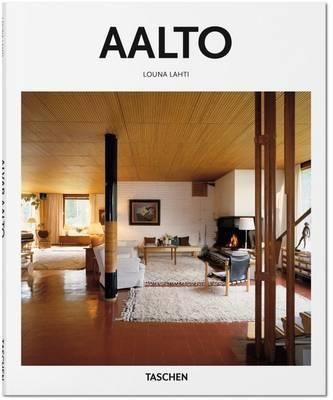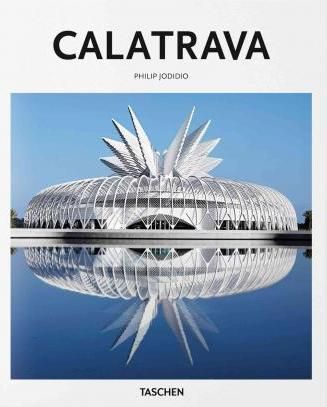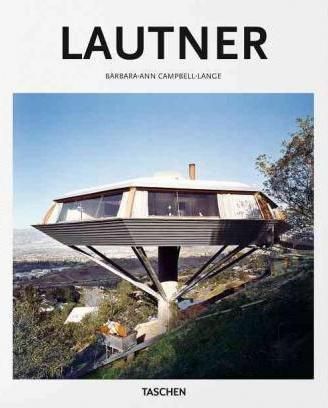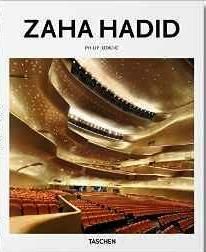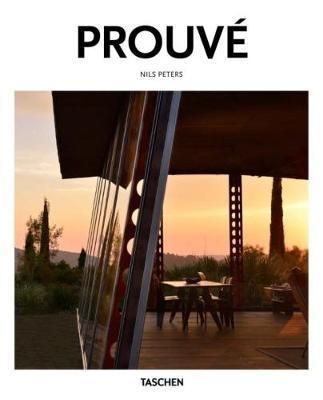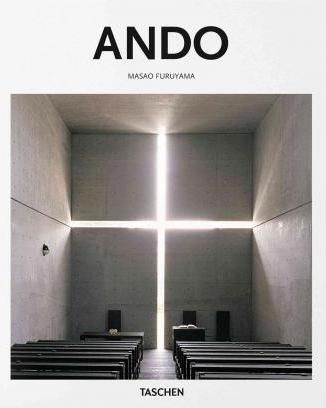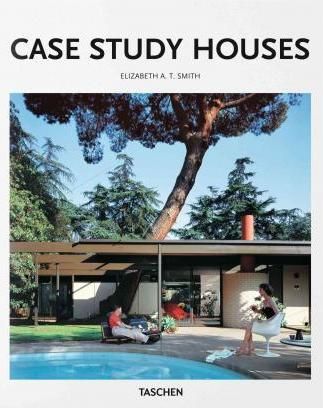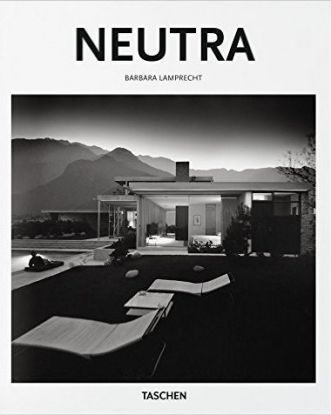Najpredávanejšie - Bestsellery - Knihy - Architektúra strana 98 z 113
Knižné bestsellery nesmú v našej ponuke rozhodne chýbať. Najpredávanejšie a najobľúbenejšie knihy slávnych spisovateľov vás vtiahnu do deja a ponúknu vám množstvo skvelých príbehov. Vyberte si žáner, ktorý je vám najbližší alebo darujte najnovšie knižné bestsellery ako darček svojim blízkym.
Gio Ponti
Schindler
Bauhaus
Bauhaus
Gropius
Breuer
Aalto
Gaudi
Calatrava
Lautner
Hadid
Shigeru Ban
Louis I. Kahn
Prouve
Redon
Ando
Case Study Houses
Neutra
Schinkel
Toto je priestor venovaný fascinujúcemu svetu stavebných diel, dizajnu a konštrukcie. Kategória kníh o architektúre vás zavedie do sveta, kde sa stretávajú funkčnosť, estetika a inovácia, aby vytvorili unikátne a pôsobivé stavby.
V tejto kategórii nájdete rôzne aspekty architektúry, vrátane historických pamiatok, moderných stavieb, urbanistického plánovania a dizajnu interiérov. Tu môžete objaviť rozmanité štýly a prístupy k architektonickému návrhu, ktoré odrážajú nielen funkčné potreby, ale aj kultúrne, sociálne a estetické hodnoty.
Od majstrovských diel starovekých kultúr po súčasné inovatívne konštrukcie, kategória architektúry vám umožní preskúmať rôzne éry a technológie, ktoré formujú vývoj stavebného umenia. Taktiež tu nájdete informácie o slávnych architektoch a ich prínose k architektúre.
Táto kategória je ideálna pre všetkých, ktorí majú záujem o architektúru ako umeleckú formu, ale aj o praktické a technické aspekty stavieb. Nech už máte záľubu v historických budovách, súčasných inováciách alebo budúcnosti urbanistického plánovania, kategória architektúry vám otvorí dvere do fascinujúceho sveta konštrukcie a návrhu.
